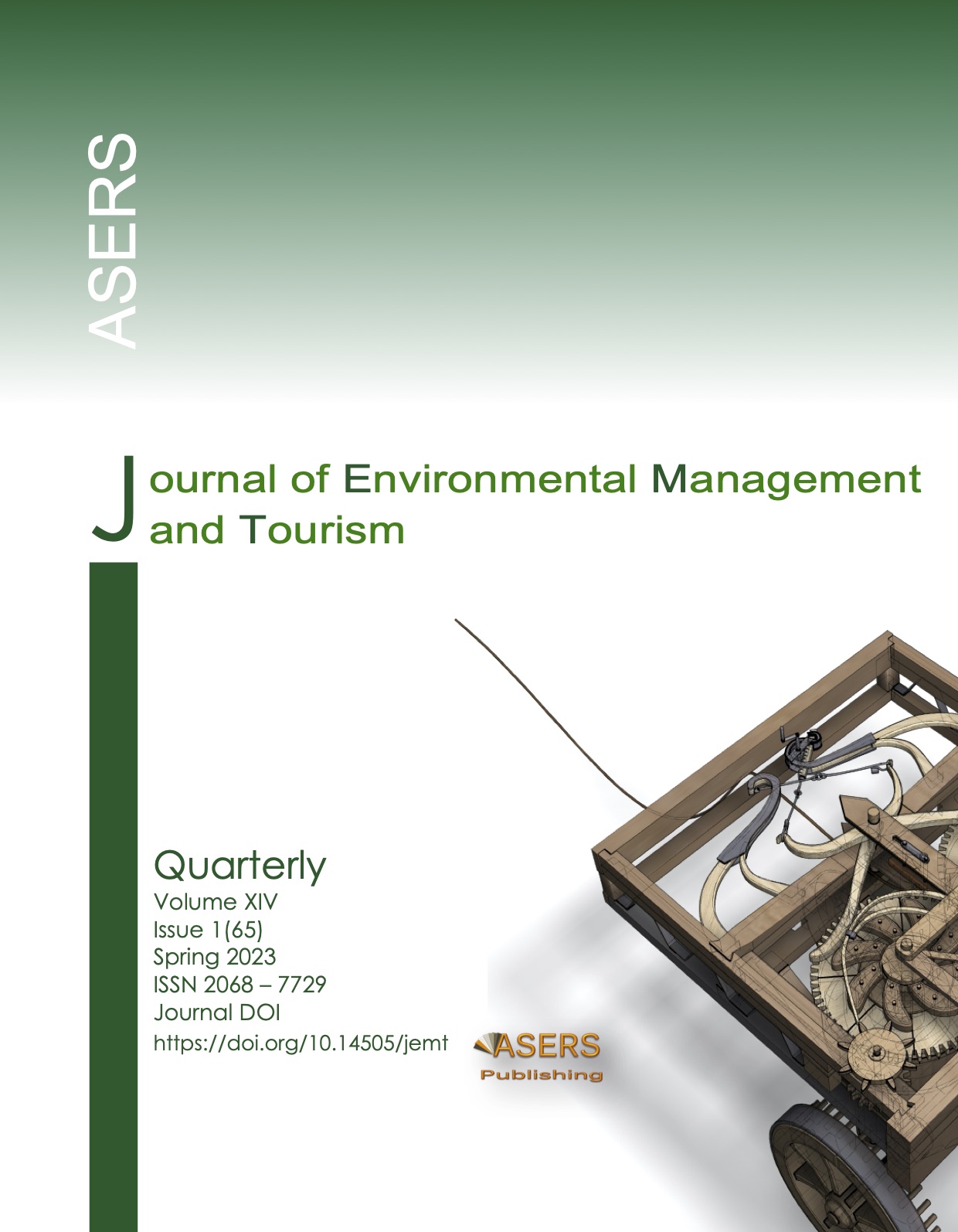Participation in Household Hazardous Waste Management: A Case Study of the Dam Community, Northeast of Thailand
Participation in Household Hazardous Waste Management: A Case Study of the Dam Community, Northeast of Thailand
Author(s): Sariya Intasin, Nuchanart Srakat, Wachirakiat Baothongchan, Suttiwan Inthakanog, Phajongjid Pratumchad, Sasithorn Pechrsan, Ananya PopraditSubject(s): Economy, Management and complex organizations, Health and medicine and law, Environmental interactions
Published by: ASERS Publishing
Keywords: spatial pollution; wastewater; environment; eutrophication phenomenon; COVID-19 circumstances;
Summary/Abstract: In Thailand, Household Hazardous Waste (HHW) is usually disposed of along with general waste, since people lack accurate knowledge and understanding of how to manage HHW. Additionally, the government agencies are short of the HHW management system. The purposes of this study were, 1) to investigate HHW management, and 2) to explore public participation in HHW management. The study area was Sok Kae Village. It is located around Huai-Luang Dam, which is considered an important water resource of Udon Thani Province. The results of the study revealed that most of HHW in Sok Kae Village consisted of fertilizer containers and pesticides because most people were agriculturists. Besides fertilization and pesticide products, containers of household cleaners were also found because people utilize them in their everyday life. Regarding public participation, it was found that people participated in HHW management at a low level. The personal information affecting the HHW management significantly was the income (P-value < 0.05). People in the village suggested that there should be particular boxes and places for HHW. Moreover, people felt that it would be advantageous for them to earn an income through HHW management. This study mainly focused on the importance of the study area, which is located near the water resource. Regarding chemical contamination from HHW, this would possibly bring about issues in human health, as well as environmental pollution. For HHW management, public participation should be considered, and government agencies need a solemn policy and management system to achieve success.
Journal: Journal of Environmental Management and Tourism (JEMT)
- Issue Year: XIV/2023
- Issue No: 1(65)
- Page Range: 44-51
- Page Count: 8
- Language: English
- Content File-PDF

